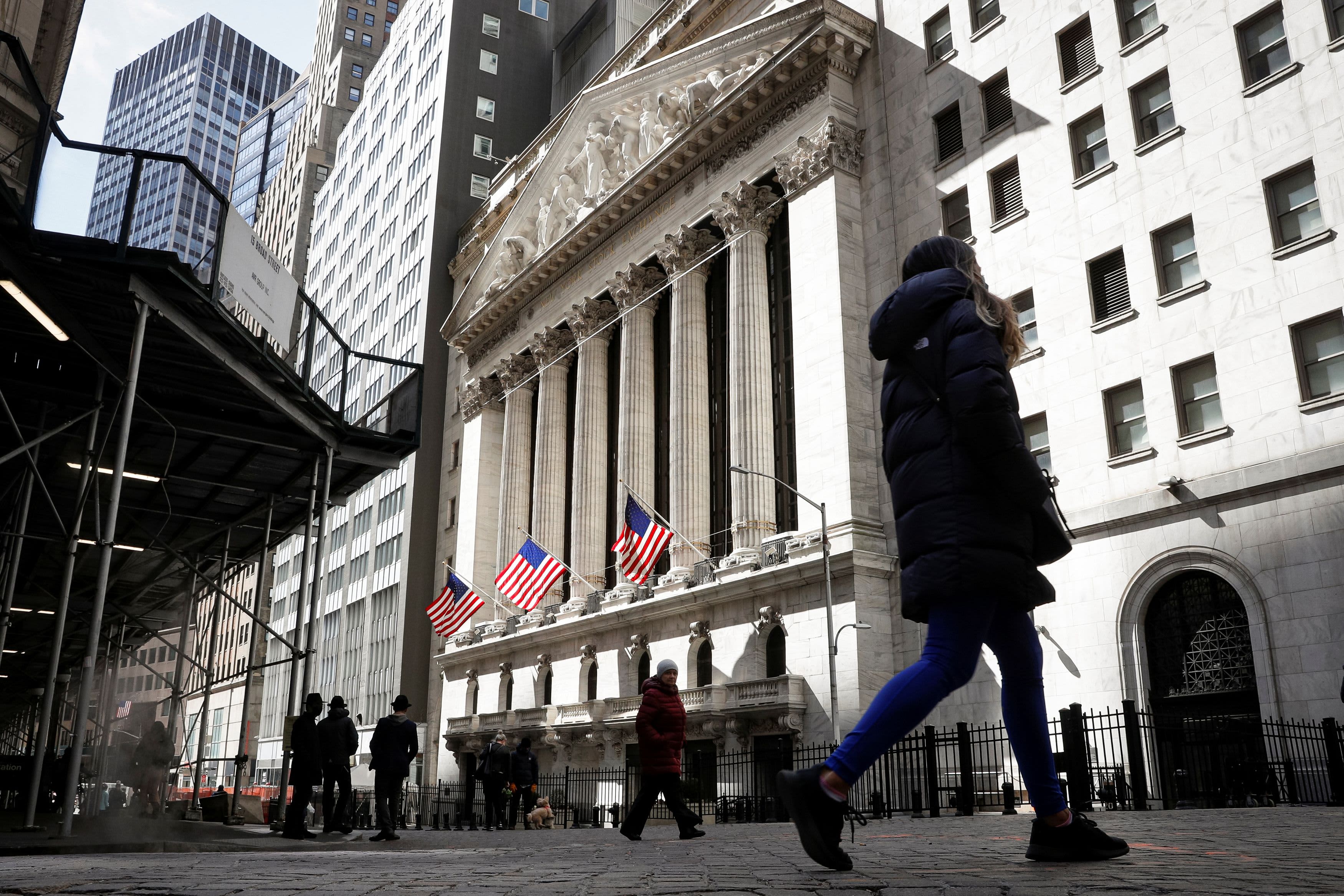How the Stock Market Shapes the Global Economy
The intricate relationship between the stock market economy and global financial health is both profound and multifaceted. As a barometer of investor sentiment and a conduit for capital flow, the stock market influences consumption, investment, and policy decisions across borders. It reflects expectations, amplifies reactions, and often precedes economic shifts. In this dynamic interplay, the market does not merely mirror the economy—it molds it.
Capital Formation and Corporate Expansion
At its core, the stock exchange serves as a mechanism for capital formation. Companies list shares to raise funds, enabling expansion, innovation, and job creation. This infusion of capital fuels productivity and competitiveness, particularly in sectors such as technology, healthcare, and infrastructure.
Publicly traded firms gain access to a broader investor base, reducing reliance on debt and enhancing financial agility. The ability to issue equity empowers businesses to pursue long-term strategies without the constraints of short-term repayment obligations. As firms grow, they contribute to GDP, employment, and fiscal revenues, reinforcing economic vitality.
Wealth Effect and Consumer Behavior
Market performance exerts a psychological influence on household spending. When equities rise, investors perceive an increase in wealth, prompting higher consumption. This phenomenon—known as the wealth effect—stimulates demand for goods and services, bolstering retail, hospitality, and real estate sectors.
Conversely, market downturns can dampen consumer confidence. Declining portfolio values may lead to precautionary saving, reduced discretionary spending, and deferred investments. These behavioral shifts ripple through the economy, affecting production, employment, and fiscal stability.
Investment Sentiment and Business Confidence
The market’s trajectory often shapes corporate sentiment. Rising indices signal optimism, encouraging firms to invest in capacity, talent, and innovation. Mergers, acquisitions, and capital expenditures flourish in bullish environments, driving economic dynamism.
In contrast, bearish trends may induce caution. Companies delay expansion, tighten budgets, and reassess risk exposure. This retrenchment can slow economic momentum, particularly in cyclical industries sensitive to market fluctuations. The feedback loop between investor sentiment and business strategy underscores the market’s role as a psychological anchor.
Monetary Policy and Financial Stability
Central banks monitor equity markets as part of their macroeconomic toolkit. Surging valuations may prompt concerns about asset bubbles, influencing interest rate decisions and liquidity management. Conversely, sharp declines can trigger accommodative measures to restore confidence and stabilize financial systems.
The transmission mechanism between monetary policy and market behavior is complex. Rate hikes can dampen equity valuations by increasing borrowing costs and discounting future earnings. Conversely, rate cuts often buoy markets, enhancing credit availability and stimulating investment. This interplay shapes capital allocation and economic resilience.
Global Interconnectivity and Spillover Effects
In an era of globalization, stock exchanges are deeply interconnected. A correction in one market can cascade across continents, affecting currencies, commodities, and investor sentiment. Cross-border capital flows respond swiftly to geopolitical developments, regulatory changes, and macroeconomic indicators.
Emerging markets are particularly sensitive to global equity trends. Capital inflows and outflows influence exchange rates, inflation, and fiscal balances. A downturn in developed markets may prompt risk aversion, leading to capital flight and economic volatility in less resilient economies. Thus, the market’s influence transcends national boundaries.
Innovation, Disruption, and Sectoral Shifts
Equity markets reward innovation and penalize obsolescence. Disruptive technologies—artificial intelligence, renewable energy, biotechnology—attract investor capital, reshaping industrial landscapes. This reallocation of resources accelerates structural transformation and economic modernization.
Traditional sectors must adapt or risk decline. Market signals guide strategic pivots, mergers, and divestitures. The rise and fall of sectoral indices reflect broader economic transitions, from fossil fuels to green energy, from brick-and-mortar retail to e-commerce. These shifts redefine employment patterns, supply chains, and policy priorities.
Crisis Amplification and Recovery Dynamics
During financial crises, the market can act as both catalyst and amplifier. Panic selling, liquidity shortages, and margin calls exacerbate economic distress. The 2008 financial crisis and the COVID-19 pandemic illustrated how market volatility can deepen recessions and strain fiscal resources.
Yet, markets also facilitate recovery. Post-crisis rallies restore confidence, attract investment, and signal economic stabilization. Governments and central banks often coordinate interventions—stimulus packages, asset purchases, regulatory reforms—to support market recovery and economic revival.
ESG Integration and Sustainable Growth
Environmental, social, and governance (ESG) criteria are reshaping investment paradigms. Investors increasingly favor companies with sustainable practices, ethical governance, and social responsibility. This shift influences corporate behavior, regulatory frameworks, and economic priorities.
Markets reward transparency, accountability, and long-term value creation. ESG integration promotes inclusive growth, environmental stewardship, and stakeholder engagement. As capital flows align with sustainability, the market becomes a lever for systemic change and global progress.
A Symbiotic Relationship
The stock exchange is not a detached entity—it is a living, responsive system intertwined with the global economy. It channels capital, shapes sentiment, and signals transformation. Its influence permeates households, boardrooms, and policy chambers, guiding decisions that define prosperity.
Understanding this symbiosis is essential for navigating the complexities of modern economics. The market does not merely reflect reality—it helps construct it. And in that construction lies both opportunity and responsibility.




